Do Peace Lilies Like To Be Root Bound? (+When To Repot)
Understanding whether your peace lily requires repotting is not an easy task. The peace lily is a moderate growing plant, and like all houseplants, it requires repotting at the right time to stay healthy and grow well.
Many hobbyists believe that a root-bound peace lily will grow fast and also bloom. So, do peace lilies like to be root bound? Let’s understand.
Peace lilies like to be root bound as it flowers better when it is root-bound. A slightly root-bound peace lily will absorb water faster and reduce the chances of root rot. However, you must repot it if it shows signs like yellow leaves and roots coming out of the drainage holes.
Try not to be in haste to repot your peace lily. Repot it if it shows signs of stress.
If you are wondering how to find out if your peace lily is root-bound and when would be the ideal time to repot your peace lily, keep reading as we will discuss everything in this article.

Please note: Simplify Plants is reader-supported. Some links in the post are affiliate links and I get a commission from purchases made through links in the post.
Do peace lilies mind being root bound?
No. In fact, peace lilies enjoy being root-bound. The peace lily is considered one of those plants that appreciate being root-bound.
A root-bound peace lily will flower better instead of one that is placed in a bigger pot.
To save your peace lily from getting root-bound, you might want to plant it in a bigger pot. However, that is not the ideal thing to do.
Since the peace lilies appreciate the root-bound state, you should not deprive them of that. You should instead wait for the signs of a root-bound peace lily and then consider repotting it.
Do peace lilies need big pots?

Your peace lily will require a bigger pot only when you see signs like:
- Roots are coming out of the drainage holes or showing on top of the soil.
- The plant is asking for water more frequently than ever.
These are signs of a root-bound peace lily plant that requires a bigger pot.
However, if you repot your peace lily too frequently and give it a bigger pot every time, the chances are that the plant will get overwatered.
A large pot will hold more potting medium that will soak more water. Excess water in the soil will lead to an overwatered peace lily.
So, the peace lilies will need bigger pots only when it requires repotting due to becoming root-bound.
Usually, most peace lilies do not need a pot that is larger than 10 inches. The pot should ideally be one size larger than the plant.
How do you know if peace lily is rootbound?
There are two ways with which you can check if your peace lily is root-bound.
- A root-bound peace lily that needs repotting will show different visual signs.
- Take the peace lily plant out of the pot and inspect the root ball. If the roots are tangled, and little soil is left in the pot, you can be sure that your peace lily is root-bound.
Here is a list of the visual signs that you can look out for.
- Droopy leaves
- Stunted growth
- Curling of leaves
- Roots coming out of the drainage holes
- Discolored leaves
- Pot starts expanding or breaking
- Soil dries up fast
- Dehydrated plant
- Roots spiraling around the bottom
If you notice any of these on your peace lily plant, you must understand that something is wrong and probably the plant is root-bound.
Then you will understand if your peace lily is root bound or not after checking its roots. You can check your peace lily with the following steps:
- Tilt the pot to its side so that you can take the plant out.
- Consider watering the peace lily a night before you plan to check the roots. This will help the plant come out of the pot easily.
- Do not pull the plant harshly if it is not coming out.
- Try to slide the plant out gently.
- You can use a knife to loosen up the soil on the ages of the pot.
- After taking the plant out, check the root ball.
If the roots are tangled, and you don’t see much soil around it, your peace lily is root-bound. You must now repot your peace lily in a bigger pot.
Why should you repot a root-bound peace lily?

A slightly root-bound peace lily will do well, but an extremely root-bound peace lily will face various problems if you don’t repot it.
Without repotting, the peace lily will start showing the visible signs of being root-bound, but it will not be able to grow or remain healthy.
The roots get bundled up and start displacing the soil due to a lack of space inside the pot. Due to less potting medium and tangled roots, the plant fails to absorb sufficient water or nutrients, making itself weak.
If you leave a plant root-bound for days, it might even die. Therefore, you should repot your peace lily plant after immediately after it starts giving out the signs.
What is the best way to repot a peace lily?
If you have a root-bound peace lily, you would need to repot it to a bigger pot.
You can let the peace lily remain slightly root-bound as it enjoys that but as soon as you see the signs of a root-bound plant, get ready to repot.
Best soil and pot for peace lily
Choose a pot that is 2″ bigger than the current pot. Don’t go for an overly large pot, as that can cause various issues.
If you have a peace lily was sitting in a 6” pot, you can move up one size and get an 8” pot.
Try to get a ceramic, clay, or terracotta pot for your peace lily, as these are better options than plastic pots.
You can make some drainage holes if the pot doesn’t have one already. Drainage holes are a must as without them, and the pot will hold the excess water that will have no way of going out.
Choosing suitable soil is also very important as it can affect the health and growth of your peace lily plant.
A nutritious and well-draining soil that does not hold too much water but retains the required moisture would be perfect for the peace lily. It should allow proper airflow so that the roots will remain healthy.
You can get soil from the market or create one yourself by adding:
Once you are ready with the pot and soil mix, we can start the repotting.
Also read: What Kind Of Soil To Use For Peace Lily? (Peace Lily Soil Mix)

Steps of repotting a peace lily:
Check these steps to understand how you can repot a root-bound peace lily plant.
- First, take the plant out of its current pot.
- The roots will look tangled, so try to loosen those with your hand but be gentle while handling them.
- If there are any damaged roots, you can prune those using a sterilized pruner.
- Now take the pot and fill the potting mix up to 1/3rd of the pot.
- Place the plant inside the pot and add soil from all sides.
- Make sure that there are no air pockets, and the soil you add should reach the bottom of the pot.
- You can push the soil down with your hand and tap the pot to let the soil settle in.
- Leave a one-inch gap on top for watering.
- After repotting, water the peace lily to reduce the repotting stress.
Never be in a hurry to repot the peace lily. Allow it to get root-bound, show you signs, and then you can repot it.
However, if it gets any disease such as root rot, you will need to repot the plant in that case.
Other than that, do not consider repotting your peace lily too frequently as that will not be good for its health and will cause unnecessary stress.
When should I repot my peace lily?
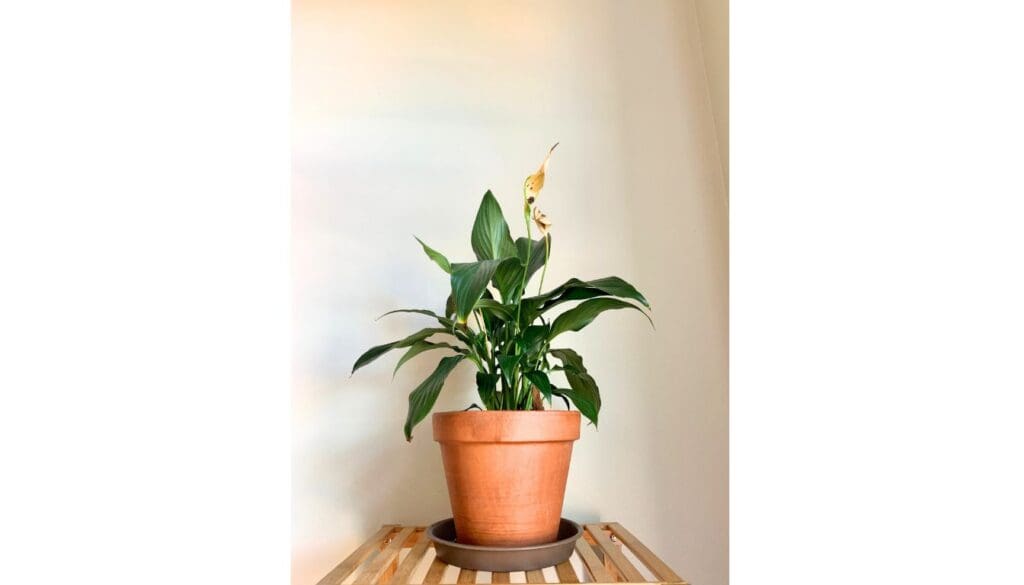
A rule of thumb for houseplants is that you should repot them every two to three years. This helps to replenish the plant with fresh potting mix and doesn’t let the plant get root-bound.
But for peace lilies, you must wait for it to get root-bound as it loves to remain slightly root-bound. You should not repot until it shows signs of being root-bound.
It is best to repot your peace lily during the growing season, which is spring and summer. Avoid repotting in winter as that is the dormant period for the plants.
Also read: How Fast Does Peace Lily Grow? (+Factors To Consider)
Final words
Many plants like to remain root-bound, and peace lily is one of them. The root-bound state allows these plants to grow spathes fast and absorb water faster from the soil. This reduces the chances of the plant getting overwatered.
Unlike most plants that would like to be repotted before they get root-bound, peace lilies would prefer to remain slightly root-bound, and you should not repot them until you see signs of repotting.
Consider repotting your peace lily plant when you notice that the soil is getting dry quickly, the roots are emerging from the drainage holes, or significant slow growth. This routine will help your peace lily bloom when it needs to and also remain healthy.
Ref: ScienceDirect, NCBI, University of Vermont, Nationalgeographic, NC state university, University of Florida, The University of Arkansas, Queensland Government.
Recommended Garden Supplies
| Product Image | Our Recommended Gardening Supplies | Check Offers! |
|---|---|---|
Top Top
Top
Top
Top
Top
Top
Top
Top | rePotme Houseplant and Tropical Classic Potting Soil Mix | Check Offer On Amazon |
 Top
Top
Top
Top
Top
Top
Top
Top | Espoma Organic Indoor Plant Food | Check Offer On Amazon |
 Top
Top
Top
Top
Top
Top
Top
Top | GooingTop LED Grow Light 6000K Full Spectrum Clip Plant Growing Lamp | Check Offer On Amazon |
 Top
Top
Top
Top
Top
Top
Top
Top | Soil Moisture Meter | Check Offer On Amazon |
 Top
Top
Top
Top
Top
Top
Top
Top | Govee Hygrometer Thermometer, Bluetooth Enabled! | Check Offer On Amazon |
 Top
Top | LEVOIT Humidifiers for Large Room(Best For Plants) | Check Offer On Amazon |
 Top
Top
Top
Top
Top
Top
Top
Top | Upgraded DIY Automatic Drip Irrigation Kit, 15 Potted Houseplants Support | Check Offer On Amazon |
 Top
Top
Top
Top
Top
Top
Top
Top | Stainless Steel Heavy Duty Gardening Tool Set | Check Offer On Amazon |
 Top
Top
Top
Top
Top
Top
Top
Top | Bonide Insecticidal Soap | Check Offer On Amazon |
 Top
Top
Top
Top
Top
Top
Top
Top | Bonide 32 oz Spray Neem Oil for Organic Gardening | Check Offer On Amazon |
 Top
Top
Top
Top
Top
Top
Top
Top | Garden Safe Fungicide | Check Offer On Amazon |


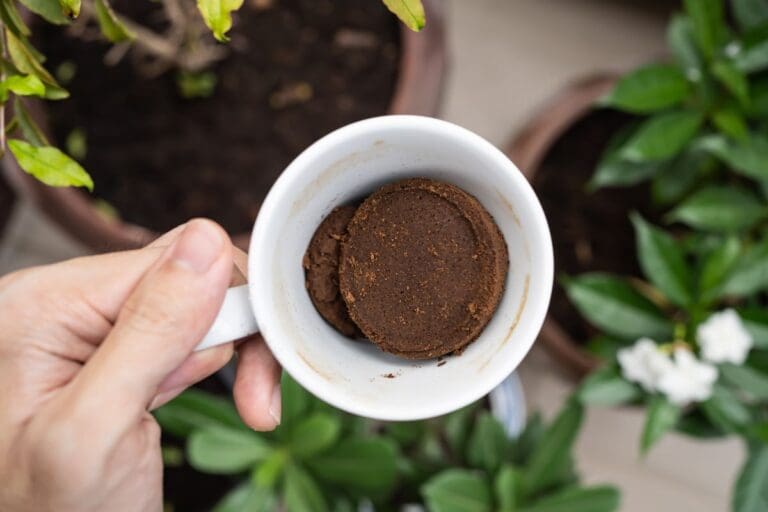
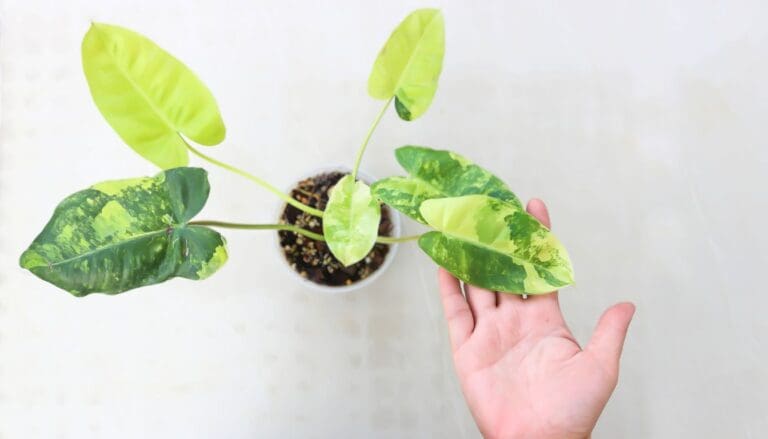
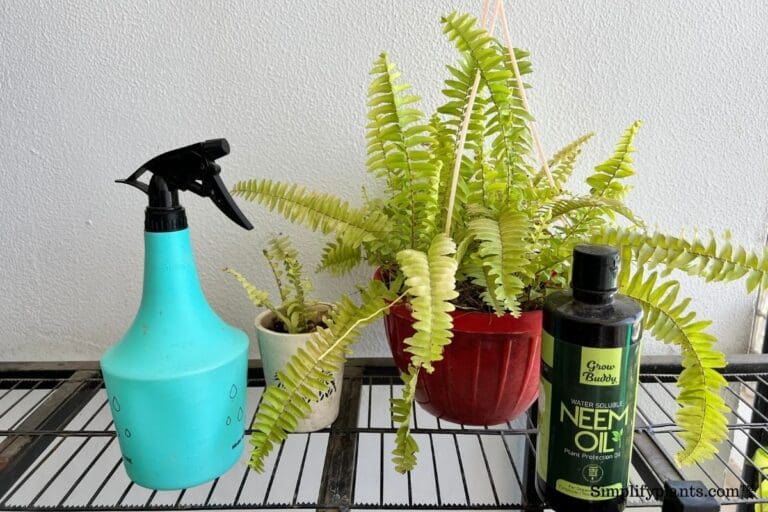

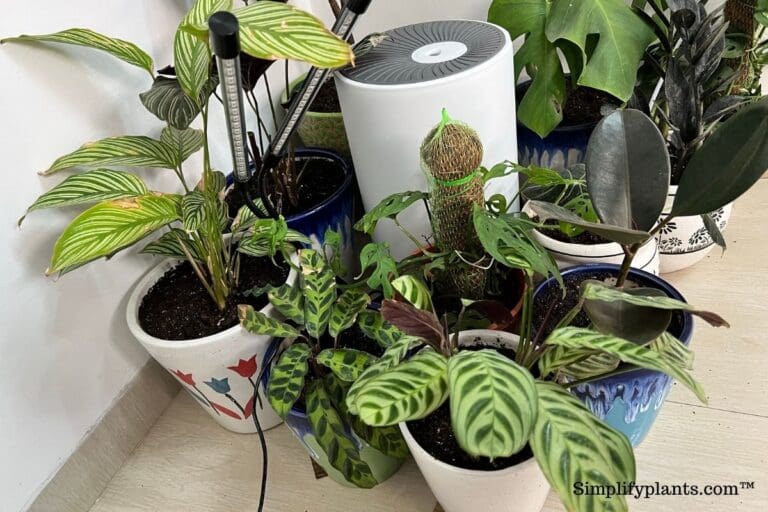
I have a pretty good size (9 inch pot) Peace Lily. It is thriving and still flowering but some of the stems are bending and I didn’t know if that is a sign it needs to be repotted. Is it just because of the size? I’ve never staked it yet. Any opinion?
Thank you,
Julie
Hello julie,
Glad your peace lily is doing well.
Bending stems in a Peace Lily can indicate that it’s time to repot, especially if it’s thriving and outgrowing its current pot. Choose a pot that’s one size larger and provide fresh potting mix to support continued growth. Staking is typically not necessary for Peace Lilies, as proper support from a larger pot and fresh soil should help the stems stay upright. If the issue persists after repotting, consider evaluating light conditions and watering practices to ensure the plant’s needs are fully met.